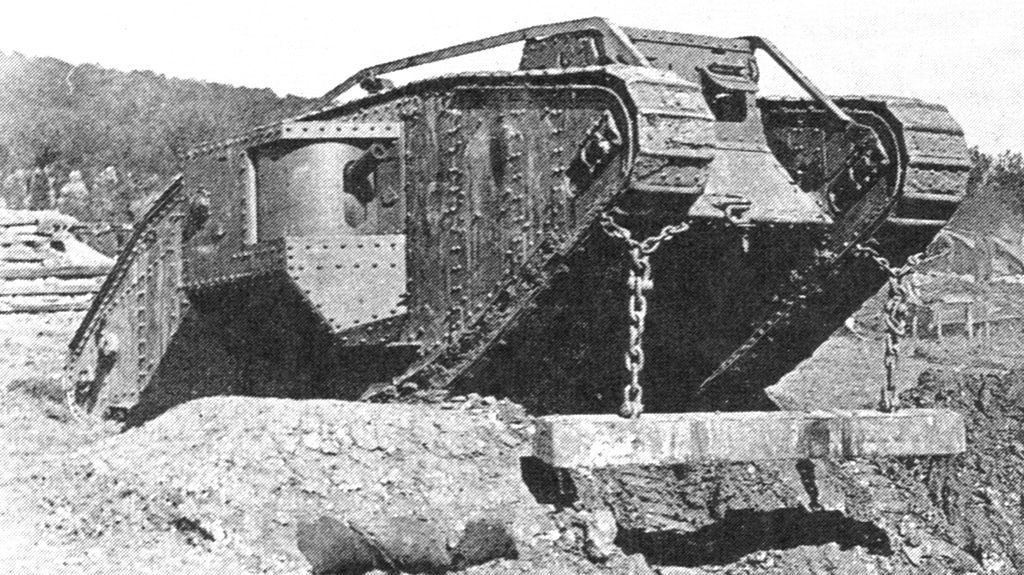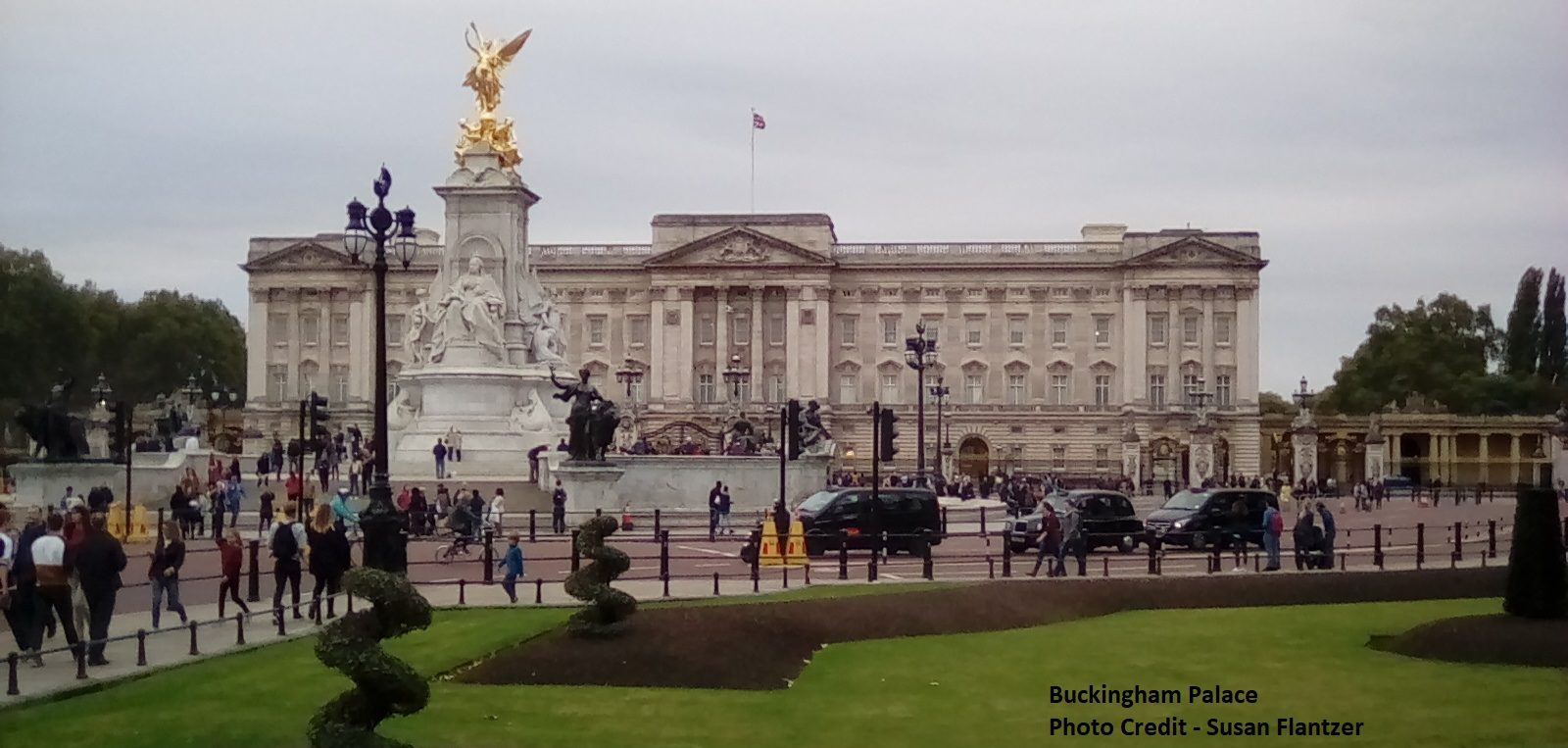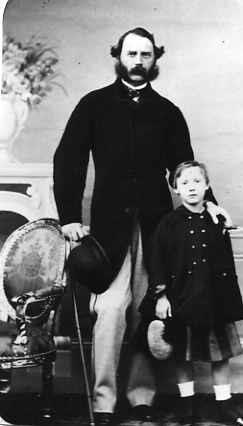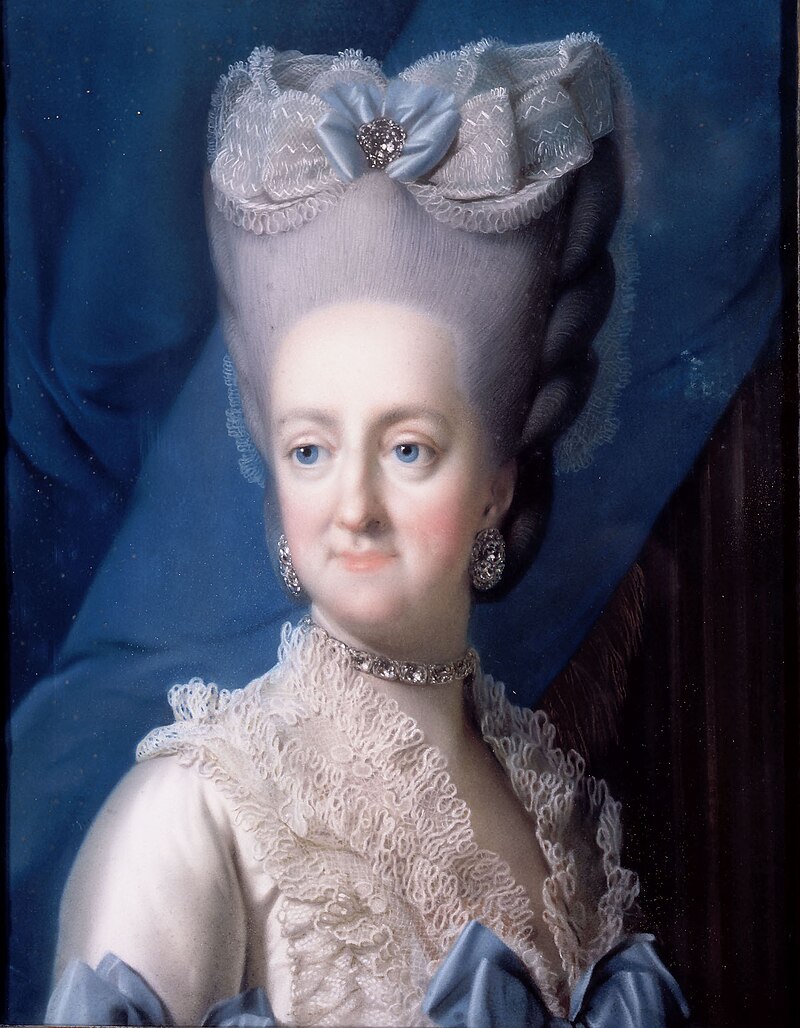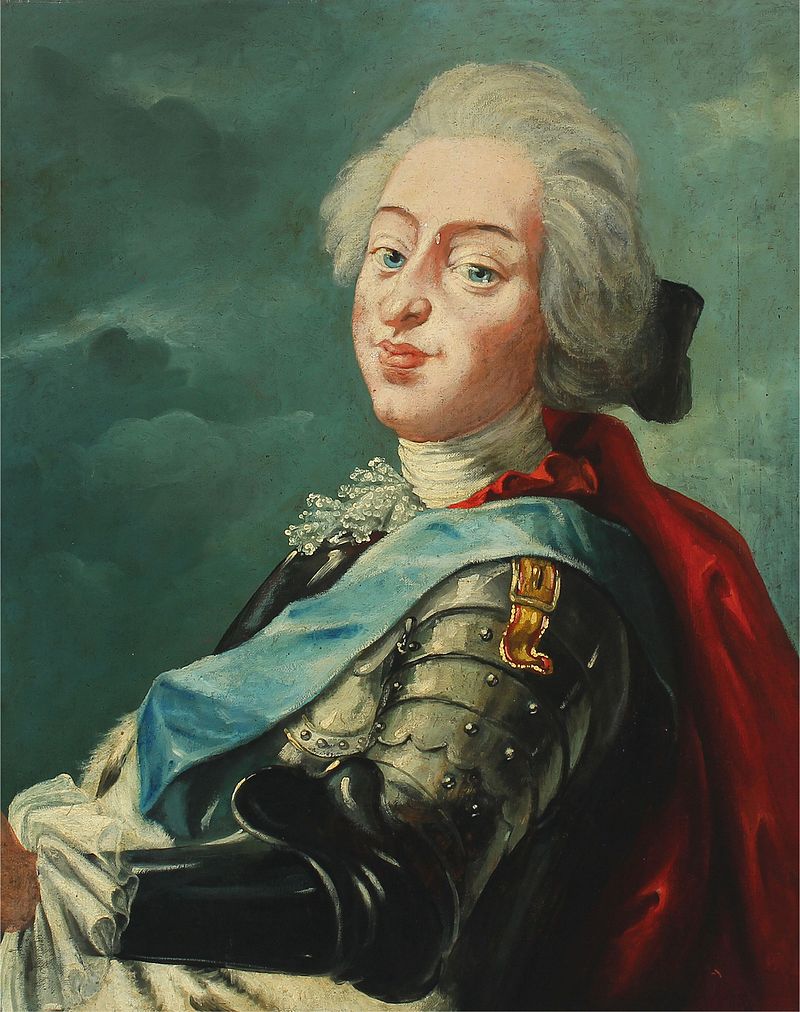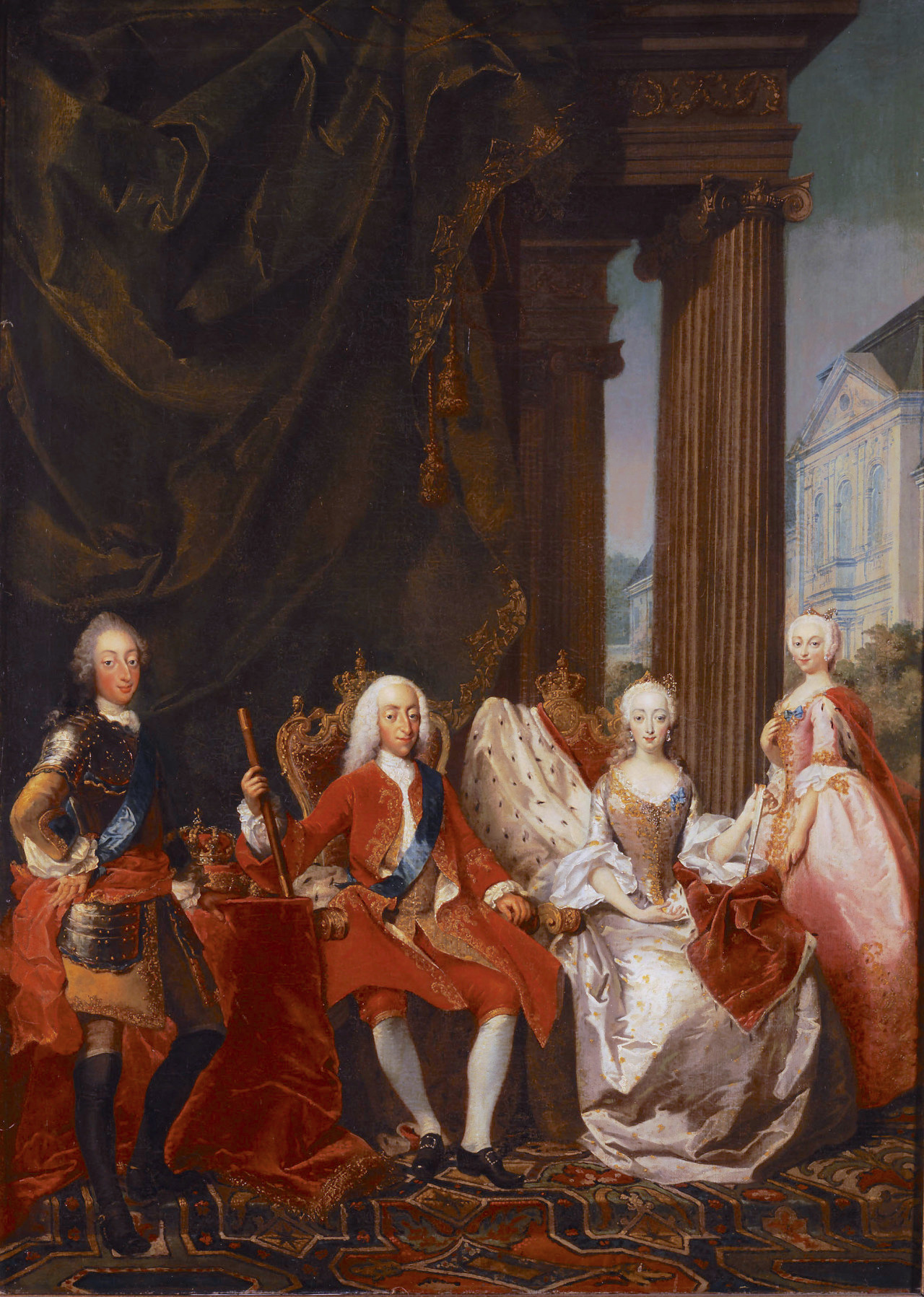by Susan Flantzer
© Unofficial Royalty 2017
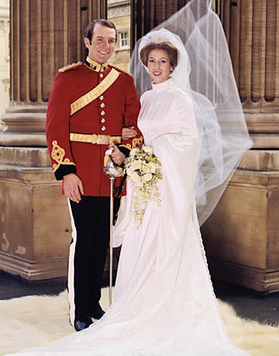
By Source, Fair use, https://en.wikipedia.org/w/index.php?curid=44115769
Princess Anne married Captain Mark Phillips on November 14, 1973, at Westminster Abbey in London, England. Anne and Mark separated in 1989 and divorced in 1992.
Princess Anne’s Early Life

Princess Anne with her parents and elder brother in October 1957; Photo Credit – By Library and Archives Canada, e010949328 / Bibliothèque et Archives Canada, e010949328 – http://www.flickr.com/photos/lac-bac/7195940876/, CC BY 2.0, https://commons.wikimedia.org/w/index.php?curid=27933715
Anne Elizabeth Alice Louise was born at Clarence House in London, England on August 15, 1950. She was the second child of four children and the only daughter of Queen Elizabeth II of the United Kingdom and Prince Philip, Duke of Edinburgh (born a Prince of Greece and Denmark). Anne had one elder brother Charles and two younger brothers, Andrew and Edward.
At the time of Anne’s birth, her mother was Princess Elizabeth, Duchess of Edinburgh and the sovereign was her grandfather, King George VI. The children of a daughter of a British sovereign would not usually have been accorded the style Royal Highness or the titles Prince/Princess as in the case of Anne’s own children. However, on October 22, 1948, Anne’s grandfather King George VI issued letters patent allowing the children of his eldest daughter and heiress presumptive, to use the style and title of a royal prince or princess. Therefore, Anne was Her Royal Highness Princess Anne of Edinburgh at birth.
King George VI died on February 6, 1952, and his elder daughter Princess Elizabeth became Queen. Upon her mother’s accession to the throne, Anne was styled Her Royal Highness The Princess Anne. Anne was too young to attend her mother’s coronation, but she did make an appearance on the balcony of Buckingham Palace.
Catherine Peebles, the governess of Prince Charles, was also Anne’s governess and was responsible for Anne’s early education. In 1959, a Girl Guides company, 1st Buckingham Palace Company was formed at the palace to allow Anne to socialize with other girls. Similar Girl Guide companies had been formed at Buckingham Palace for Anne’s mother and her aunt Princess Margaret. From 1963-1968, Anne attended Benenden School, an independent boarding school for girls in Kent, England.
From a young age, Princess Anne was passionate about riding and soon became an excellent equestrienne. In 1971, Anne won the European Eventing Championship and was voted the BBC Sports Personality of the Year. For more than five years Anne competed with the British eventing team, winning a silver medal in both individual and team disciplines in the 1975 European Eventing Championship. In the 1976 Montreal Summer Olympics, Anne competed as a member of the British equestrian team.
For more information, see Unofficial Royalty: Princess Anne, The Princess Royal
Mark Phillips’ Early Life

Mark Phillips, 1973; Photo Credit – By Peters, Hans / Anefo – [1] Dutch National Archives, The Hague, Fotocollectie Algemeen Nederlands Persbureau (ANeFo), 1945-1989, Nummer toegang 2.24.01.05 Bestanddeelnummer 926-7769, CC BY-SA 3.0 nl, https://commons.wikimedia.org/w/index.php?curid=32649600
Mark Anthony Peter Phillips was born on September 22, 1948, to Major Peter Phillips and the former Anne Tiarks (whose father was an Aide-de-Camp to King George VI). He had one sister, Sarah, who passed away.
Following his education at Stouts Hill Preparatory School and Marlborough College, Phillips entered the Royal Military Academy, Sandhurst. After passing out, he was commissioned as a Second Lieutenant in the Queen’s Dragoon Guards, eventually reaching the rank of Captain in 1975. He retired from the Army in March 1978.
An avid horseman, Philips was a member of the British Equestrian Team with whom he won the Team Three-Day Event world title in 1970, the European title in 1971, and the Olympic Gold Medal in 1972. He also won the Silver Medal at the 1988 Olympics and is a four-time champion at the Badminton Horse Trials.
For more information, see Unofficial Royalty: Mark Phillips
The Engagement
On May 29, 1973, Buckingham Palace announced: “It is with the greatest pleasure that the Queen and Duke of Edinburgh announce the betrothal of their beloved daughter The Princess Anne to Lieutenant Mark Phillips, the Queen’s Dragoon Guards, son of Mr. and Mrs. Peter Phillips.” The couple became engaged six weeks earlier at the Badminton Horse Trials, the major equestrian event in the United Kingdom, in which both Anne and Mark competed.
It was through their mutual love of horses that Mark met Princess Anne. The couple first met at the equestrian events during the 1968 Summer Olympics in Mexico City where Mark was a reserve member of the British equestrian team. Prior to their engagement, Anne and Mark competed together at equestrian events throughout Europe. Their love of horses was inherited by their daughter Zara who won a silver medal in the Three-Day Event with the British equestrian team in the 2012 Summer Olympics in London.
Anne’s engagement ring was a classic ring of a sapphire between two diamonds made by Garrad Jewelers.
It has been speculated that The Queen offered – and Mark declined – a peerage upon marriage, but this has never been confirmed or denied by any member of the Royal Family.
The Wedding Guests
British Royal Family
-
- Queen Elizabeth II and The Duke of Edinburgh, the bride’s parents
- The Prince of Wales, the bride’s brother
- Prince Andrew, the bride’s brother
- Prince Edward, the bride’s brother
- Queen Elizabeth The Queen Mother, the bride’s grandmother
- Princess Margaret, Countess of Snowdon and The Earl of Snowdon, the bride’s aunt and uncle
- Viscount Linley, the bride’s first cousin
- Lady Sarah Armstrong-Jones, the bride’s first cousin
- The Duchess of Gloucester, the bride’s great aunt by marriage
- Prince and Princess Richard of Gloucester, the bride’s first cousin once removed and his wife
- The Duke and Duchess of Kent, the bride’s first cousin once removed and his wife
- Earl of St Andrews, the bride’s second cousin
- Lady Helen Windsor, the bride’s second cousin
- Prince Michael of Kent, the bride’s first cousin once removed
- Princess Alexandra, The Hon. Mrs. Ogilvy and The Hon. Mr. Angus Ogilvy, the bride’s first cousin once removed and her husband
- Mr. James Ogilvy, the bride’s second cousin
- Miss Marina Ogilvy, the bride’s second cousin
- Princess Alice, Countess of Athlone, a granddaughter of Queen Victoria, the bride’s first cousin three times removed and great-great-aunt by marriage
- Lady Mary Whitley, the bride’s second cousin once removed
Some Other Royal Guests
-
-
- King Constantine II and Queen Anne-Marie of Greece
- Prince Rainier III and Princess Grace of Monaco
- Princess Beatrix and Prince Claus of the Netherlands
- Crown Prince Harald and Crown Princess Sonja of Norway
- Prince Juan Carlos and Princess Sofia of Spain
The Wedding Attendants
Anne chose to have only two attendants because of her personal experience as a bridesmaid trying to keep younger attendants in line.
-
-
- Best Man: Captain Eric Grounds
- Bridesmaid: Lady Sarah Armstrong-Jones, the bride’s nine-year-old first cousin and the daughter of Princess Margaret
- Page Boy: Prince Edward, the bride’s nine-year-old brother
The Wedding Attire
To design her wedding dress, Anne picked Maureen Baker, the chief designer for the ready-to-wear label Susan Small, who had previously designed outfits for her. A number of Anne’s ideas were also incorporated into the dress. The Tudor-style silk wedding dress had a high collar and medieval sleeves. The train measured only seven feet, and the veil were simple and delicate.
Anne’s veil was crowned by Queen Mary’s Fringe Tiara. Queen Mary had this tiara made from a necklace Queen Victoria had given her as a wedding present. In 1936, Queen Mary gave the tiara to her daughter-in-law Queen Elizabeth (the Queen Mother). In 1947, Queen Elizabeth (the Queen Mother) loaned the tiara to her daughter Elizabeth for her wedding and then loaned it to her granddaughter Anne for her wedding.
Lieutenant Mark Phillips wore the full scarlet and blue uniform of his regiment, the Queen’s Dragoon Guards.
The Wedding Ceremony
Princess Anne and Mark Phillips were married on November 14, 1973, at 11:30 AM at Westminster Abbey in London. Princess Anne and her father left Buckingham Palace in the Glass Coach for the ride to Westminster Abbey. As they entered the Abbey, a fanfare especially written for the wedding was played by trumpeters from the groom’s regiment. The Duke of Edinburgh escorted his daughter down the aisle to the hymn Glorious Things of Thee Are Spoken.
As the 2,000 guests in the Abbey and the 500 million television viewers watched, Princess Anne and Mark Phillips were married by Michael Ramsey, Archbishop of Canterbury. It was a simple ceremony from the 1662 Anglican Book of Common Prayer in which the bride promises to obey.
Some family traditions were followed. Princess Anne’s ring was made from the same nugget of Welsh gold that the rings of her grandmother, her mother, and her aunt were made. In her bouquet was a cutting from a myrtle bush grown from a sprig from Queen Victoria’s wedding bouquet.
After the ceremony, the newlyweds moved to the Edward the Confessor Chapel where the wedding register was signed. Princess Anne then made a deep curtsey to her mother while Mark respectfully bowed and the couple made their way down the aisle followed by their families as Charles-Marie Widor’s Toccata in F Major; Johann Strauss’s “Radetzky” March, the regimental march of the groom’s regiment, and the finale from Louis Vierne’s Organ Symphony No. 1 were played.
The Wedding Reception
After the bride and groom made the customary appearance on the balcony of Buckingham Palace, 120 guests attended the wedding breakfast at the Palace. The guests dined on lobster, partridge, fresh peas, peppermint ice cream, and a wedding cake made exactly five feet six inches tall – the height of the bride.
The Royal Army Catering Corp supplied the wedding cake. It weighed 145 pounds and among its ingredients were 10 pounds each of butter and sugar, 84 eggs, 12½ pounds of flour, 70 pounds of fruit, peel, and nuts, and two bottles of brandy. The top layer had a silver vase of flowers, the coat of arms of Princess Anne, and the regimental crest of Mark Phillips.
The groom cut the cake with his sword while the Grenadier Guards band played “A Bunch of Roses” and “Bless the Bride.” The Duke of Edinburgh, the bride’s father, toasted to the health of the bride and groom and the groom’s father Major Peter Phillips made the reply toast.
After the wedding breakfast, Princess Anne changed into a sapphire blue velvet dress and a short-cropped jacket with a mink collar and cuffs. Guests showered the couple with flower petals as they left the palace.
The Honeymoon
The day after the wedding, Anne and Mark flew to Barbados where they boarded the Royal Yacht Britannia. Their cruise around the islands of the Caribbean was disrupted to due storms and high waves and for most of the first week, the couple suffered from seasickness. Eventually, the storms subsided and the newlyweds could enjoy the scenes of the Caribbean. The couple ended their honeymoon in the Galapagos Islands in the Pacific Ocean.
Aftermath
The couple had two children: Peter, born in 1977 and Zara, born in 1981. Sadly, Princess Anne and Mark Phillips separated in 1989 and their divorce was finalized on April 23, 1992. Both Anne and Mark remarried.
This article is the intellectual property of Unofficial Royalty and is NOT TO BE COPIED, EDITED, OR POSTED IN ANY FORM ON ANOTHER WEBSITE under any circumstances. It is permissible to use a link that directs to Unofficial Royalty.
Works Cited
- Archives.chicagotribune.com. (2017). [online] Available at: http://archives.chicagotribune.com/1973/11/15/page/92/article/a-royal-wedding-album [Accessed 26 Aug. 2017].
- En.wikipedia.org. (2017). Wedding of Princess Anne and Mark Phillips. [online] Available at: https://en.wikipedia.org/wiki/Wedding_of_Princess_Anne_and_Mark_Phillips [Accessed 26 Aug. 2017].
- Frayman, J. (2017). Princess Anne Is Engaged to an Army Lieutenant. [online] Nytimes.com. Available at: http://www.nytimes.com/1973/05/30/archives/princess-anne-is-engaged-to-an-army-lieutenant-princess-anne-is.html [Accessed 26 Aug. 2017].
- News.bbc.co.uk. (2017). BBC ON THIS DAY | 14 | 1973: Crowds cheer marriage of Princess Anne. [online] Available at: http://news.bbc.co.uk/onthisday/hi/dates/stories/november/14/newsid_2519000/2519003.stm [Accessed 26 Aug. 2017].
- Orderofsplendor.blogspot.com. (2017). Tiara Thursday: Queen Mary’s Fringe Tiara. [online] Available at: http://orderofsplendor.blogspot.com/2011/03/tiara-thursday-queen-marys-fringe-tiara.html [Accessed 26 Aug. 2017].
- Shuster, A. (2017). Princess Anne Wed Amid British Pageantry. [online] Nytimes.com. Available at: http://www.nytimes.com/1973/11/15/archives/princess-anne-wedamidbritish-pageantry-couple-is-cheered-by-throngs.html?mcubz=3 [Accessed 26 Aug. 2017].
- Stern, M. (2017). A Big Day for the Bridegroom’s Home Town. [online] Nytimes.com. Available at: http://www.nytimes.com/1973/11/10/archives/a-big-day-for-the-bridgerooms-home-town-5-23foot-wedding-cake-thats.html [Accessed 26 Aug. 2017].
- Unofficial Royalty. (2017). Anne, Princess Royal. [online] Available at: https://www.unofficialroyalty.com/anne-the-princess-royal/ [Accessed 26 Aug. 2017].
- Unofficial Royalty. (2017). Mark Phillips, first husband of Anne, The Princess Royal. [online] Available at: https://www.unofficialroyalty.com/mark-phillips-first-husband-of-anne-the-princess-royal/ [Accessed 26 Aug. 2017].
